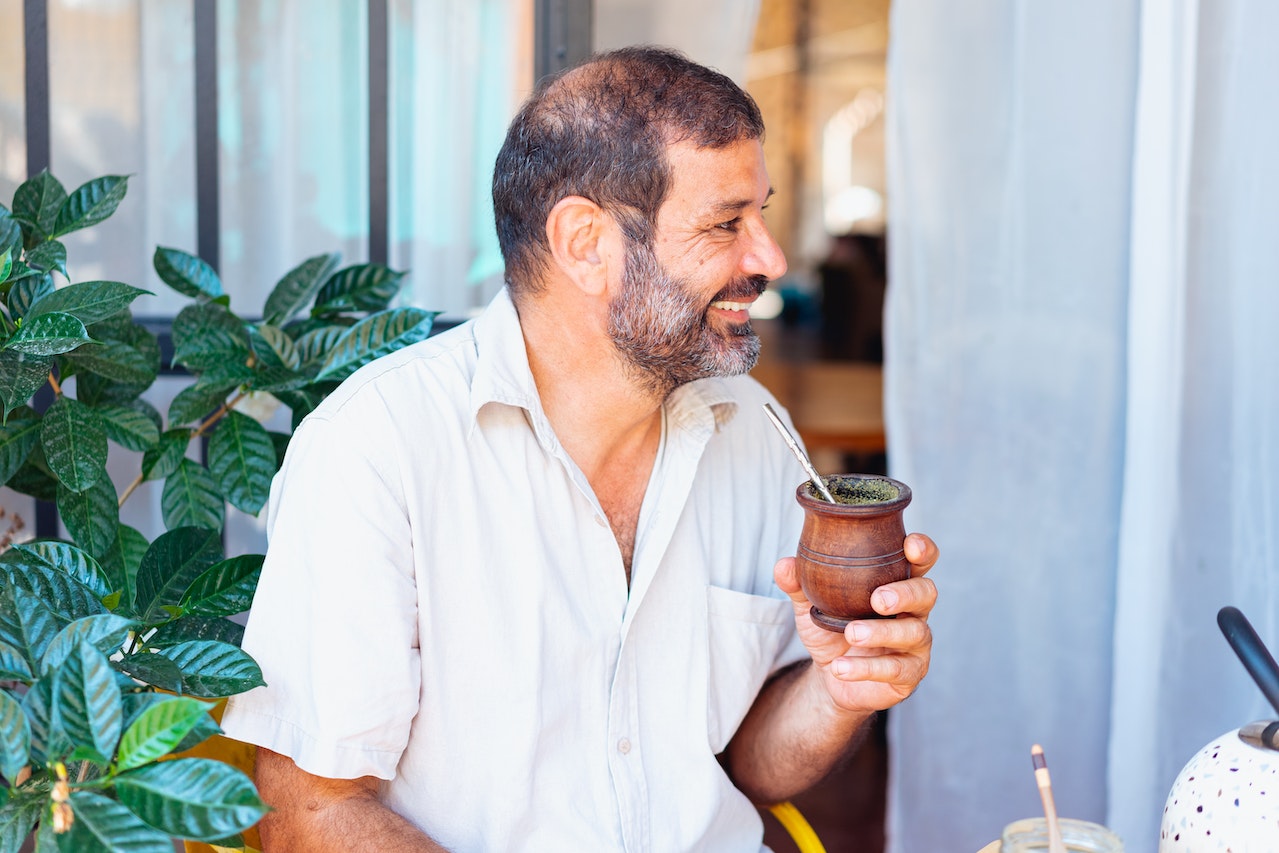In order to measure the effectiveness of social tourism policies in Argentina, the Observatory of Social Tourism and the Ministry of Tourism and Sports in Argentina propose a methodology to measure inequalities in access to tourism and leisure.
It is in this sense that the "Manual for the Implementation of Social Tourism Indicators" becomes an essential tool for the formulation, implementation and evaluation of public policies. Furthermore, the Manual is a precedent that will be fundamental for other Latin American countries and the world to follow the same path and generate their own measurement and development strategies.
The Manual aims to be a document that contributes to the measurement of state, solidarity and private social tourism in Argentina, representing an important tool for the generation of quality information in a sector that stands out, particularly for its scarce or non-existent knowledge of key issues such as the universe of people who do not travel, and the relation of this information with problems and inequalities of income, health, gender and ethnicity; the supply of social tourism (state, mutual, cooperative, trade union); the target population (low-income people, the elderly, children and youth, people with disabilities, indigenous people) and the public interest associated with social tourism (budget affected and executed, operating staff and forms of contracting, agreements executed).
The indicators included in the Manual address issues related to both the offer and the target groups. In particular, 4 social tourism indicators are defined:
- Indicators of inequalities of access to leisure.
- Indicators of public interest relating to social tourism.
- Indicators of target groups.
- Indicators of the configuration of the social tourism offer.
To read the full article on the publication of the Manual, check out Albasud's note here (in Spanish).
Here you can access the "Manual for the Implementation of Social Tourism Indicators" (in Spanish).
